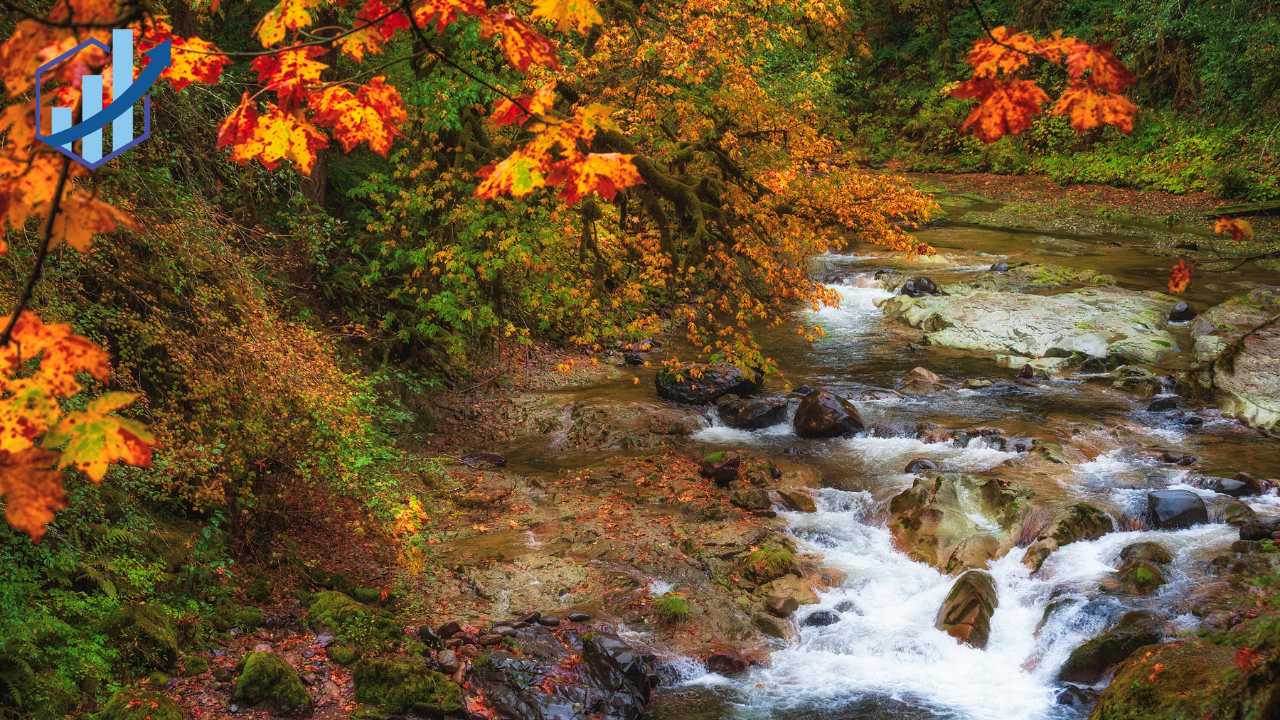The fall season is one of the most anticipated times of the year, bringing about a striking transformation in nature. One of the most captivating elements of fall is the changing colors of the leaves, which draw millions of visitors to regions known for their stunning autumn foliage. The leaves undergo a magnificent shift, transitioning from vibrant greens to a wide spectrum of yellows, oranges, reds, and even purples. In this article, we will delve into the science behind this remarkable phenomenon, as well as explore the best places to experience the beauty of autumn leaves.
The Science Behind the Fall Colors: Why Do Leaves Change Color?
The transformation of leaves in the fall is primarily driven by a combination of environmental factors, including temperature, sunlight, and moisture. Understanding this process requires a look into the biology of leaves and their pigments.
The Role of Chlorophyll in Leaf Color
Throughout the warmer months, leaves are rich in chlorophyll, the pigment responsible for photosynthesis. This green pigment absorbs sunlight, helping plants produce the energy they need to grow. As temperatures begin to cool in the fall and days become shorter, the trees start preparing for the winter months. The chlorophyll in the leaves breaks down, revealing other pigments that have been present in the leaves all along but hidden by the green chlorophyll.
Carotenoids: The Yellow and Orange Hues
As chlorophyll fades, carotenoids—the pigments responsible for yellow and orange colors—become more prominent. These pigments are present in leaves year-round but are overshadowed during the growing season by chlorophyll. Carotenoids are found in the plastids of the leaf cells and are essential for photosynthesis, helping to absorb light that chlorophyll cannot use. As the chlorophyll fades, carotenoids emerge, giving leaves their golden-yellow hues.
Anthocyanins: The Red, Purple, and Blue Shades
In addition to carotenoids, some trees produce anthocyanins in their leaves during the fall. These pigments are responsible for the red, purple, and blue colors that are often associated with autumn. Unlike carotenoids, anthocyanins are not present in the leaf throughout the growing season. Instead, they form in response to cooler temperatures and changes in light exposure. Anthocyanins may also serve as a protective mechanism for the tree, helping to prevent damage from sunlight and ultraviolet rays as the tree prepares for winter.
The Influence of Weather Conditions
The intensity and vibrancy of autumn colors depend on several weather factors, such as the timing of the first frost, sunlight exposure, and moisture levels. A warm, sunny fall with cool nights is ideal for the development of bright red anthocyanin pigments. In contrast, if the fall season is too wet or too warm, the colors may not be as vibrant, and the leaves may fall prematurely.
The Best Places to See Fall Foliage: A Global Adventure
For those who wish to witness the stunning transformation of leaves in the fall, there are a number of locations around the world where the autumn colors are simply breathtaking.
The Northeast United States: A Classic Autumn Destination
The northeastern region of the United States, including states like Vermont, New Hampshire, Maine, and Massachusetts, is renowned for its spectacular fall foliage. The contrast between the vibrant red maples and the golden hues of birches and oaks creates an awe-inspiring landscape. The Green Mountain National Forest in Vermont and Acadia National Park in Maine are two prime locations for leaf peepers.
Canada: The Heart of Autumn Beauty
Canada is home to some of the most expansive forests in North America, and its fall foliage is world-famous. The Canadian Rockies offer striking views of golden aspens set against snow-capped mountains, while Ontario’s Algonquin Provincial Park is a popular destination for those looking to experience rich autumn colors. Quebec is another great spot, with the Laurentian Mountains showcasing deep reds, oranges, and yellows as the season progresses.
Japan: Autumn in the Land of the Rising Sun
Japan offers a unique autumn experience with its cultural connection to the changing of the seasons. Kyoto, with its ancient temples and peaceful gardens, is especially known for its vibrant red and orange maples. The Japanese maple (Acer palmatum) is often associated with the country’s autumn landscape, and visitors flock to iconic locations like the Arashiyama Bamboo Grove and Kiyomizu-dera temple to witness the vivid foliage.
Europe: The Beauty of Autumn in the Alps and the Balkans
Europe also boasts some remarkable fall destinations. The Alps in countries like Switzerland, Austria, and Germany showcase a striking combination of mountain peaks and dense forests that turn a rich gold as autumn sets in. For a more secluded experience, the Balkans, with their picturesque hills and valleys, offer stunning views of trees in varying shades of orange, red, and yellow.
Tips for Enjoying the Fall Foliage: Best Practices for Leaf Viewing
If you’re planning to visit any of these locations to experience the beauty of fall leaves, there are a few things you can do to make the most of your trip.
Plan Your Trip During Peak Foliage
The timing of your trip can make all the difference when it comes to viewing fall colors. Peak foliage season typically occurs between late September and mid-October in the northern hemisphere, but this can vary depending on location and yearly weather patterns. Checking with local tourism boards or foliage tracking websites can help you plan your trip at the perfect time.
Take Scenic Drives or Hikes
One of the best ways to enjoy the fall foliage is by taking a scenic drive or hike. Many destinations offer autumn driving tours that showcase the most breathtaking views of changing leaves. Whether you’re driving along the Blue Ridge Parkway in North Carolina or hiking through the White Mountains in New Hampshire, getting outside and immersing yourself in the environment is the best way to take in the beauty.
Bring a Camera and Capture the Moment
Fall foliage provides a rare opportunity to capture the beauty of nature in its full splendor. Be sure to bring a camera or smartphone to take plenty of pictures of the vibrant leaves, but remember to also take time to enjoy the moment. Photographs can help preserve memories, but experiencing the scene firsthand is unmatched.
Support Local Businesses and Eco-Friendly Practices
When traveling to view fall foliage, consider supporting local businesses by dining at local restaurants, staying at eco-friendly accommodations, and purchasing locally made products. It’s also important to practice sustainable tourism by respecting nature and minimizing your environmental impact.
Conclusion: Fall Foliage is a Seasonal Gift Worth Experiencing
The fall season offers a rare opportunity to witness nature’s vibrant transformation. As leaves change color and blanket the earth with hues of red, orange, and yellow, it’s a reminder of the beauty that surrounds us. Whether you’re hiking through national parks, driving scenic routes, or simply enjoying the view from your own backyard, there’s no denying that fall foliage is a seasonal gift worth experiencing.











